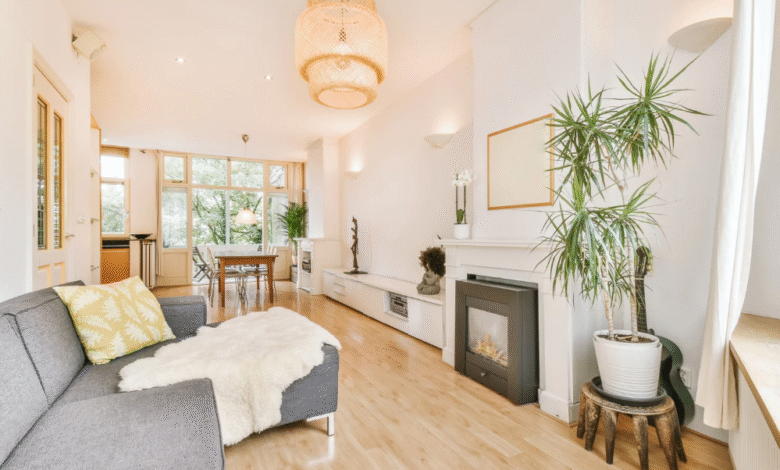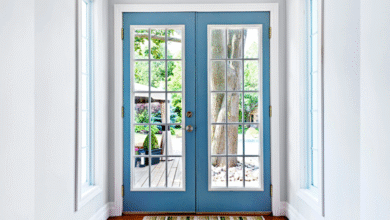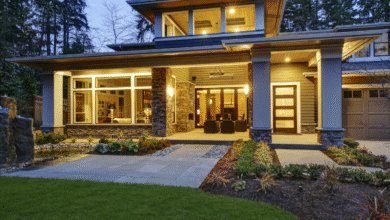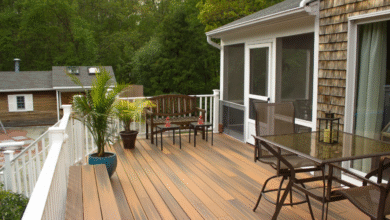What Is the Role of Sustainability in Interior Design?

Sustainability is no longer a trend; it’s a critical standard in modern interior design. As global awareness of environmental impact increases, designers are expected to create spaces that are both visually compelling and environmentally responsible. Working with an experienced interior design company in Atlanta allows clients to implement sustainable practices that elevate both form and function without compromising on comfort or aesthetics.
Sustainable Material Selection
One of the primary ways sustainability shows up in interior design is through the selection of eco-friendly materials. Designers prioritize products that are renewable, recycled, or responsibly sourced. Bamboo flooring, reclaimed wood, recycled glass countertops, and low-VOC paints are just a few of the many materials used to reduce indoor pollutants and environmental strain.
Additionally, designers assess the full lifecycle of materials, considering production, transportation, durability, and disposal. Products that are locally sourced or have long lifespans are preferred, as they contribute to a lower carbon footprint and less landfill waste. Sustainability in material selection also means reducing dependency on synthetic products, favoring natural finishes that can biodegrade or be reused over time.
This holistic approach is often supported by a broader understanding of how specialized professionals contribute to sustainable practices. In many cases, the expertise drawn from various types of design professionals, including architects and specialists, helps align the environmental goals of a space with functional and structural realities.
See also: Making a House Feel Like Home—Simple Home Improvements That Make a Big Impact
Energy Efficiency and Indoor Wellness
Sustainable interior design focuses heavily on energy efficiency. Designers incorporate smart lighting systems, LED fixtures, and automated window treatments to optimize energy use. Natural light is leveraged wherever possible through strategic furniture layouts and window placement to reduce reliance on artificial lighting.
Thermal comfort is also addressed through insulation-friendly materials, breathable textiles, and reflective surfaces that help regulate indoor temperatures. These elements not only lower utility bills but also reduce the environmental load of heating and cooling systems.
In addition to energy considerations, sustainable design emphasizes indoor air quality. This includes using furniture and finishes that emit fewer volatile organic compounds (VOCs), promoting good ventilation, and incorporating living plants into decor. These strategies directly support occupant health, contributing to a space that feels as good as it looks.
Read more: How Does Natural Light Impact Architectural Design?
Long-Term Functionality and Timeless Design
Sustainability also means designing with longevity in mind. Rather than following fleeting trends, designers opt for timeless aesthetics and multifunctional layouts that remain relevant over time. This reduces the need for frequent renovations or replacements, minimizing material waste and financial strain.
Flexible room designs, modular furniture, and built-in storage solutions contribute to the adaptability of a space, allowing it to evolve with changing needs. This forward-thinking strategy supports both environmental and practical sustainability, especially in urban environments where space is at a premium.
Furthermore, professional designers understand how to blend sustainability with client lifestyles, preferences, and spatial limitations. Their role is to seamlessly integrate eco-conscious principles into every design layer, from planning and materials to lighting and finishes.
Conclusion
Sustainability in interior design is about more than going green; it’s about creating healthier, more efficient, and longer-lasting spaces. By incorporating responsible material choices, energy-efficient strategies, and enduring layouts, interior designers contribute to a better-built environment. When approached thoughtfully, sustainable interiors offer beauty with purpose, enhancing both personal well-being and ecological responsibility.





